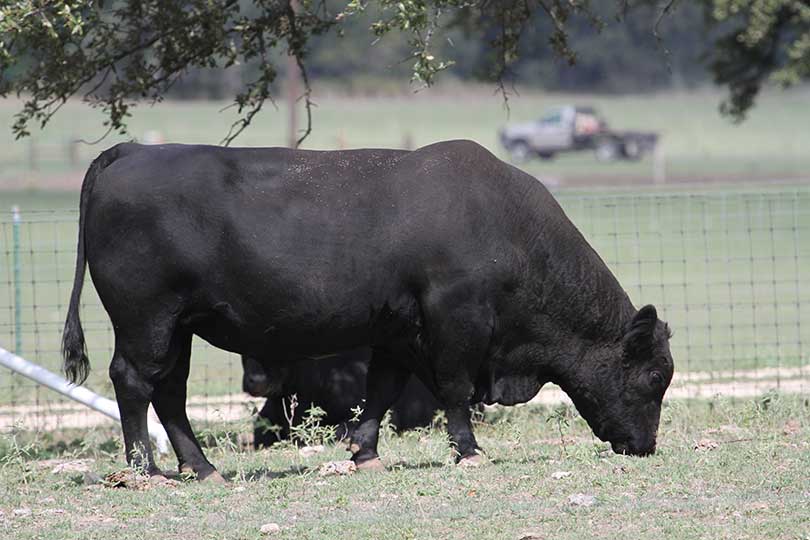Bull management before and during breeding season can improve ranchers’ chances for reproductive success, said a Texas A&M AgriLife Extension Service expert.
“It’s important to make sure bulls are ready and in good condition heading into breeding season,” Dr. Jason Banta, AgriLife Extension beef cattle specialist, said. “If they are too fat or too thin, it can impact fertility.”
A body condition score of 5-6 is recommended before breeding season starts, he said.
Banta noted that bulls also need to be on an appropriate vaccination program and treated for internal and external parasites.
“Four to eight weeks before breeding, consider having a veterinarian perform a breeding soundness exam on bulls,” he said. “The exam will determine if a bull is a satisfactory potential breeder. A semen sample will be collected to assess sperm motility and whether sperm morphology is good or shows defects.”
The veterinarian will also palpate the reproductive organs to make sure everything is normal.
“We want to do this a few weeks before turnout so that we have time to find a replacement if there is a problem,” Banta said.
Once bulls are placed on pastures, it’s important to monitor them, Banta said.
“Additionally, any injuries or foot rot will impact a bull’s desire to breed and should be addressed immediately,” he said.
Banta added that bulls should be allowed access to cows for no more than about 90 days to reduce the potential for heifer calves being bred prior to weaning.
“A fixed season also makes day-to-day management practices, such as vaccinations, simpler to implement because calves are of similar age and cows are in similar stages of production,” he said. “Keep these management tips in mind as we get closer to breeding season because any problems could end up costing you a future calf crop.”

